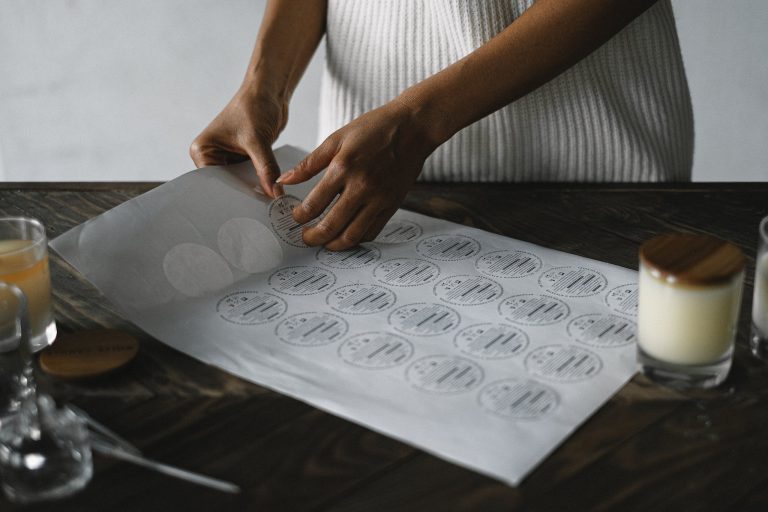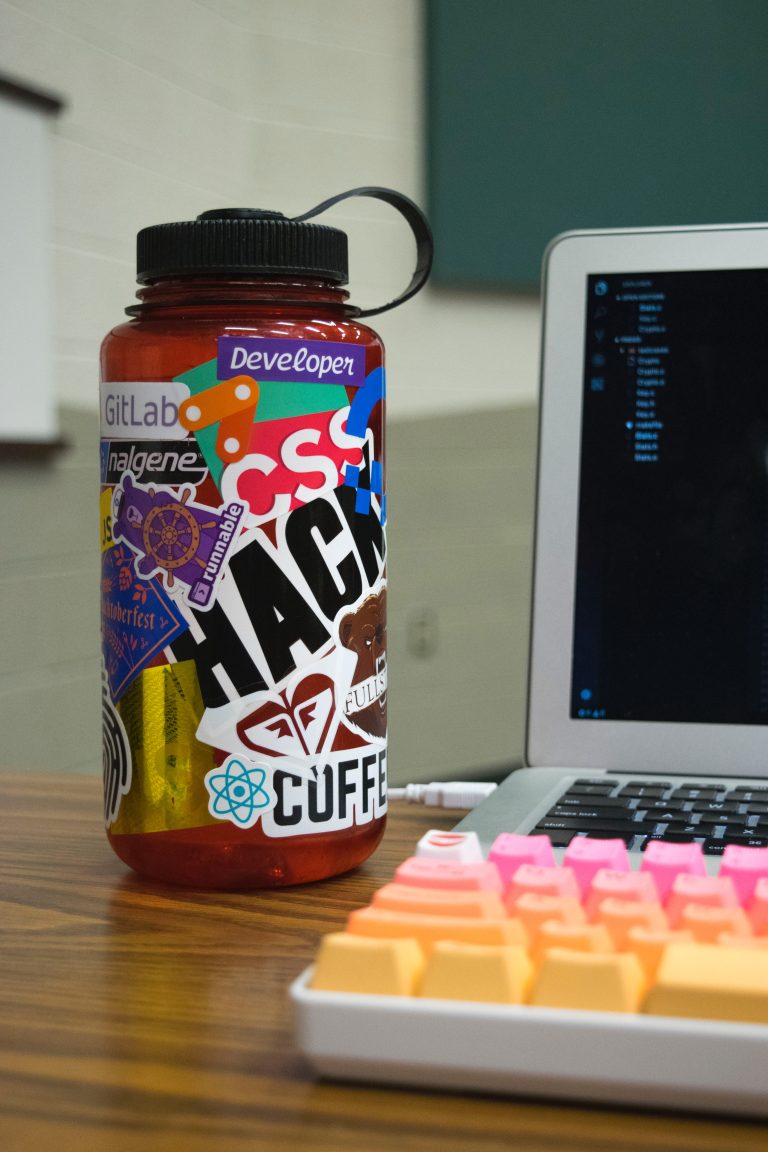Can Stickers Stick to Wood?
Stickers, though a small detail, can make a big impact. Whether it’s for personalizing a beloved item or for business branding, it’s crucial to ensure the sticker you choose adheres well, especially when you’re dealing with surfaces as diverse and intricate as wood.
The Basics of Sticker Adhesion on Wood
Not all stickers are created equal, and when it comes to wood, the adhesion game changes quite a bit. A sticker’s ability to stick isn’t just about its adhesive side but a combination of several factors. The surface texture of the wood, the material of the sticker, and the quality of adhesive used all play pivotal roles in how well a sticker will hold up on a wooden surface.
Types of Wood Surfaces
Understanding wood types is essential, as each has its unique texture and properties.
Hardwood vs. Softwood:
Diving into the world of timber, there are two primary categories to be aware of: hardwood and softwood. Hardwoods, derived from trees like oak or maple, are denser and often have a smoother surface. This can make them more accommodating for certain stickers. On the other hand, softwoods, like pine or spruce, are generally lighter and might have a more textured feel, potentially influencing sticker adherence.
Treated vs. Untreated wood:
Then there’s the debate between treated and untreated wood. Treated wood has undergone processes to resist pests and decay, which often means it’s been coated or sealed. This can impact a sticker’s ability to stick effectively. Untreated wood, while more raw and natural, might be more porous, offering a different kind of surface for stickers to cling to. Both come with their own sets of considerations when choosing the perfect sticker.
Best Stickers for Wood
When it comes to wood, the type of sticker chosen can influence both the appearance and longevity of the design. It’s pivotal to select stickers tailored for wood to get the best results.
Vinyl stickers:
Among the plethora of sticker types, vinyl stands out as a favorite for wooden surfaces. Their inherent flexibility and robust adhesive quality allow them to meld seamlessly with wood’s natural grain and texture, ensuring a durable bond and a sleek finish.
Transfer stickers:
For those seeking an almost painted-on look, transfer stickers are the answer. These stickers are designed to leave only the design behind, eliminating any background or edge. The result? A seamless blend with the wood, giving the impression of an intricate artwork.
Waterproof and UV-resistant stickers:
Outdoor wooden items are constantly battling against nature’s elements. Waterproof and UV-resistant stickers are specifically crafted to endure the harshness of the sun and rain. Their specialized make ensures that the design remains vibrant, and the adhesive remains intact, offering a lasting display even in challenging conditions.
How Do You Get Stickers to Stick to Wood?
- Cleaning the wood surface: A pristine wood surface is essential for optimal sticker adherence. Ensuring the wood is free from dust and oils provides a clean slate for the sticker to bond, maximizing its sticking potential.
- Applying pressure: A firm and even pressure is the secret sauce for bubble-free sticker application. Applying the sticker with consistent pressure ensures it sits flat against the wood, reducing chances of air pockets and enhancing its lifespan.
- Best practices: Proper sticker alignment is more than just aesthetics; it’s about ensuring a firm grip. Once aligned, smoothing out the sticker from the center towards the edges helps in eliminating any potential creases and firmly sets the sticker in place.
Will Stickers Damage Wood Furniture?
Sticking stickers on wood furniture isn’t just a matter of aesthetics but also of care. The adhesive in stickers can, over time, lead to residue buildup which, when removed, might leave behind unsightly discolorations or even slight damage to the wood’s surface. This is especially true if the furniture is exposed to varying temperatures, which can alter the adhesive’s consistency.
Moreover, special considerations are essential for antique or sensitive wood surfaces. Such woods might have unique finishes or be more susceptible to damage. When removing stickers from these surfaces, it’s crucial to be gentle and possibly consult with a professional or use specialized removal products to avoid any irreversible harm.
How to Seal Stickers on Wood
Sealing stickers on wood isn’t just an added step; it’s a game-changer for those seeking longevity and protection. A sealed sticker benefits immensely from enhanced durability, safeguarding the design against the elements, spills, and even daily wear and tear.
Opting for clear sealants offers a neat, transparent finish, ensuring the sticker’s design remains the centerpiece. Begin by ensuring the sticker is well-adhered and free from bubbles, then apply a thin layer of the clear sealant over the sticker, extending slightly beyond its edges, and allow it to dry as per manufacturer instructions.
Alternatively, other methods like Mod Podge, clear spray sealants, or even polyurethane finishes can offer similar protection, each adding its own touch to the final appearance.
Making Your Stickers Last on Wood
Maximizing the life of a sticker on wood isn’t just about the application; it’s also about the aftercare. Strategic placement away from direct sunlight can prevent colors from fading and the adhesive from weakening. Additionally, regular maintenance, like gentle cleaning without abrasive chemicals, can ensure the sticker looks fresh for longer. However, it’s essential to remember that stickers, like everything, can be impacted by external conditions. For instance, extreme weather, fluctuating temperatures, or high humidity can affect the adhesive quality and the sticker’s overall appearance, potentially shortening its lifespan.
Embarking on the journey of sticking stickers to wood is both an art and a science. From understanding the nuances of wood types and sticker materials to the importance of sealing and care, there’s a lot to consider. But the results, when done right, can be both satisfying and long-lasting. So, be encouraged to experiment, research, and find the perfect sticker solutions for your unique wooden items.
Common questions
High-quality vinyl stickers tend to be the best type of sticker for wood.
Most stickers are designed for a one-time application. While some might be repositioned shortly after being applied, their adhesive quality typically diminishes after removal, making reapplication less effective.
On outdoor wood surfaces, a quality sticker, especially when sealed, can last anywhere from 1 to 5 years, depending on exposure to elements and the quality of the sticker and adhesive used. Regular maintenance and protection from extreme conditions can extend this lifespan.







